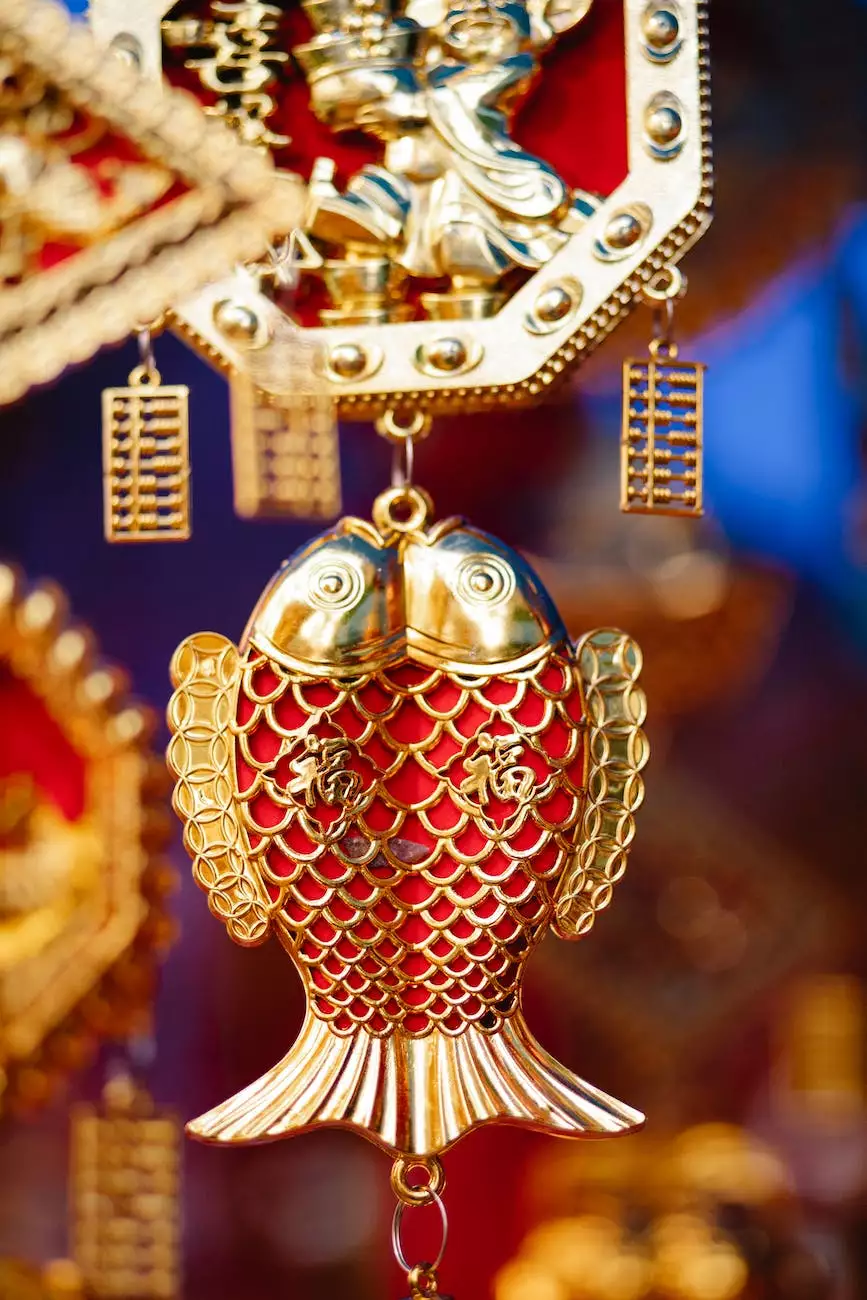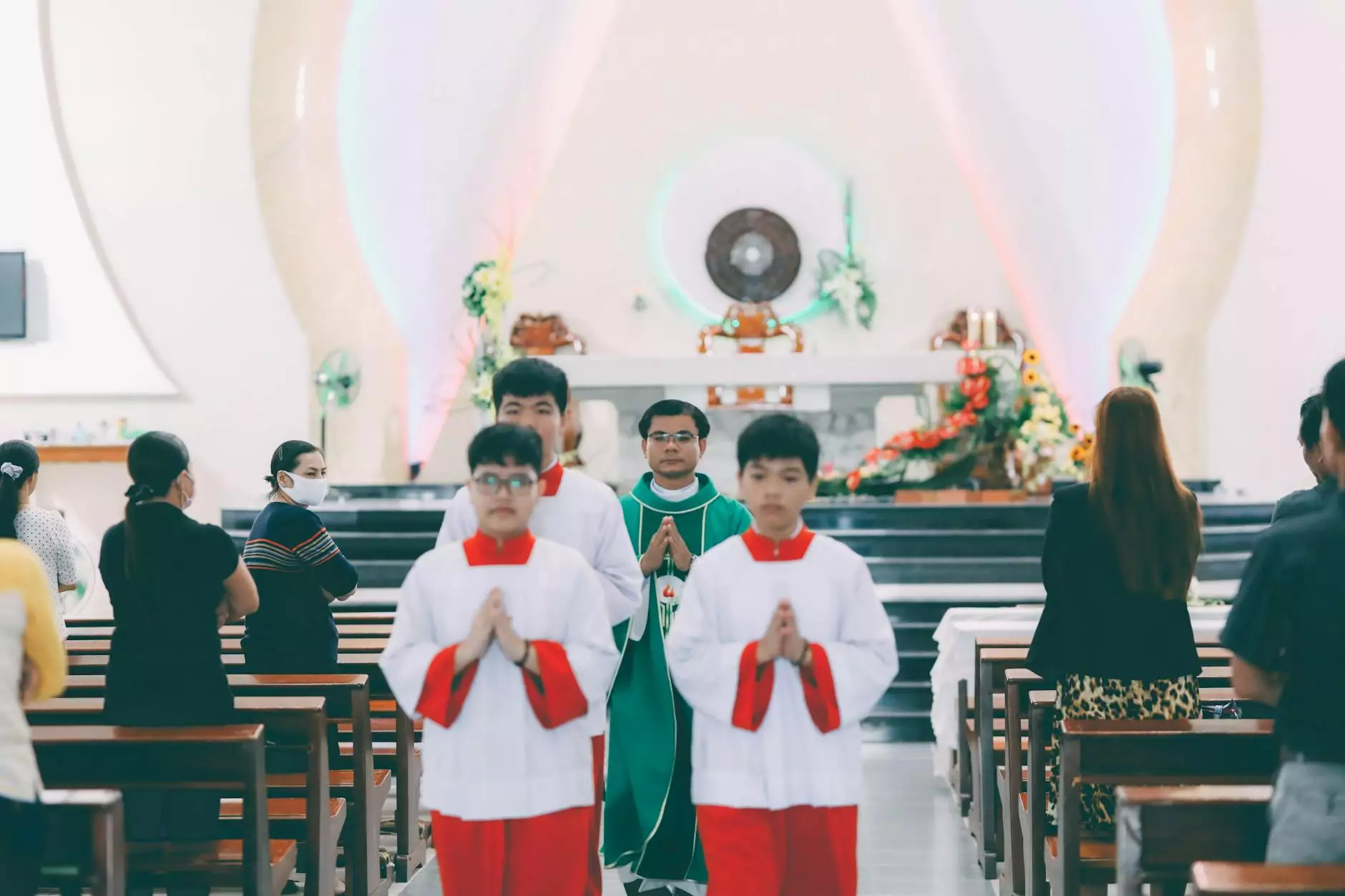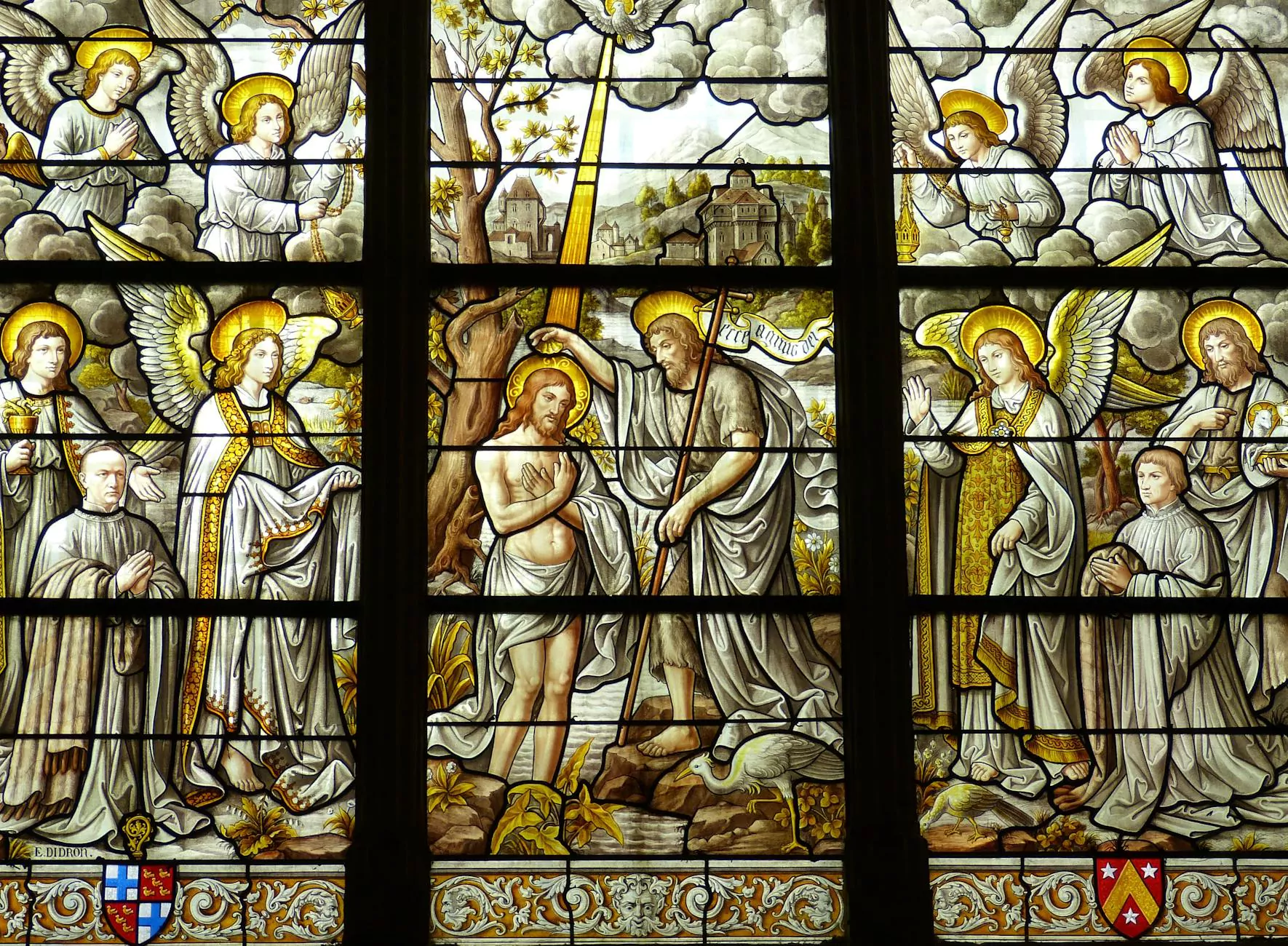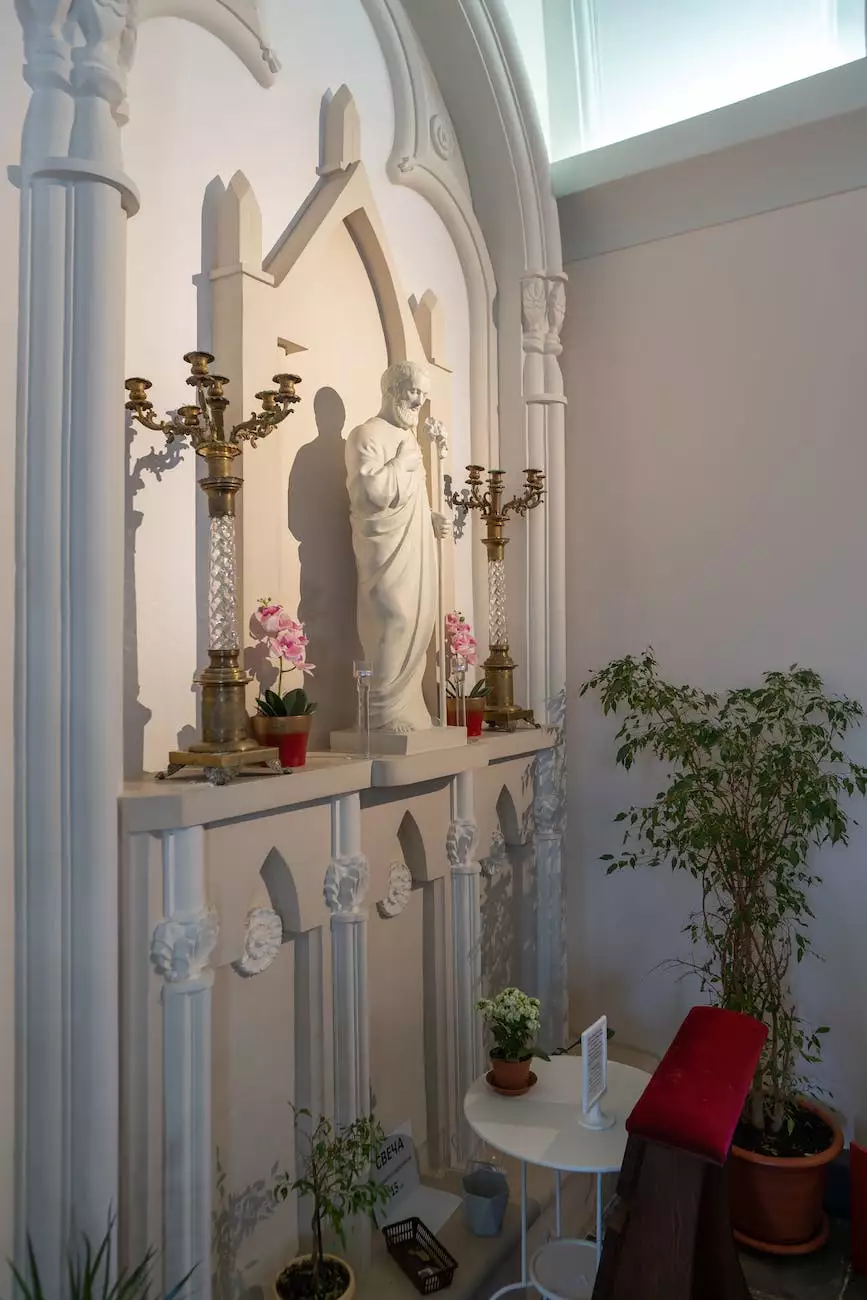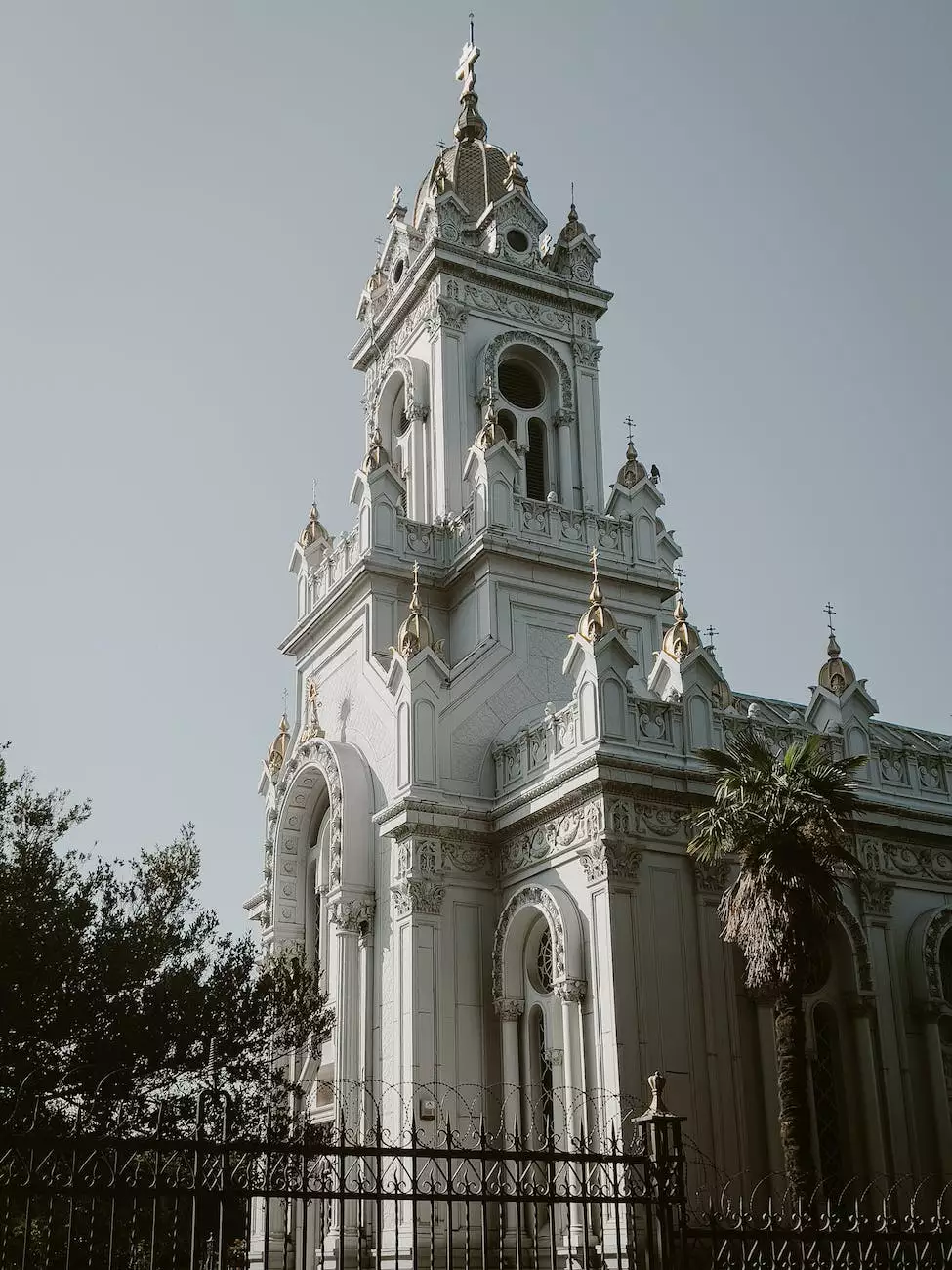A Brief History of Christianity in Japan
Reading Plans
Introduction
Welcome to Catholic Engaged Encounter's comprehensive guide on the history of Christianity in Japan. In this article, we delve into the captivating journey of Christianity in the Land of the Rising Sun. From its humble beginnings to its remarkable growth, Japan's Christian community has faced various challenges while retaining its unwavering faith.
Early Contacts and the Arrival of Francis Xavier
The history of Christianity in Japan can be traced back to the early 16th century when European traders and explorers arrived on its shores. One of the prominent figures during this period was Francis Xavier, a pioneering Jesuit missionary who played a crucial role in introducing Christianity to Japan. Xavier's arrival in 1549 marked the inception of a faith that would shape the country's spiritual landscape.
Persecution and Isolation
As Christianity began to spread in Japan, it faced periods of intense persecution and isolation. The ruling authorities viewed the growing influence of Christianity as a threat to their power and authority. Consequently, they implemented strict measures to suppress the faith. Despite the challenges, the Christian community in Japan persevered, finding ways to practice their beliefs in secret.
The Hidden Christians and Kirishitan
During the period of persecution, known as the "Kirishitan Era," Christians had to practice their faith clandestinely. They became known as the Hidden Christians or Kakure Kirishitan. This underground movement allowed Christianity to survive, as believers disguised their worship within the context of Buddhist and Shinto rituals.
The End of Isolation and the Rebirth of Christianity
In the mid-19th century, Japan ended its long-standing policy of isolation and opened its doors to the rest of the world. This marked a critical turning point for Christianity in Japan. Missionaries from various Christian denominations arrived in the country, leading to the establishment of churches, schools, and an overall revitalization of the faith.
Christianity in Modern Japan
Today, Christianity has become a recognized religion in Japan, with a diverse community of believers. Although Christianity remains a minority religion, it continues to grow steadily. The Catholic Church, various Protestant denominations, and a range of independent Christian groups all have a presence in Japan.
Christian Festivals and Traditions
Christianity in Japan is intertwined with unique cultural expressions. The country celebrates Christian festivals such as Christmas and Easter, incorporating their customs into the Japanese cultural tapestry. These festivals provide an opportunity for believers and non-believers alike to come together, fostering a sense of community and celebration.
The Future of Christianity in Japan
As Japan continues to evolve, so does its religious landscape. The future of Christianity in Japan holds both opportunities and challenges. However, the enduring faith of the Japanese Christian community, coupled with its rich history and cultural relevance, ensures its lasting impact on the nation's spiritual heritage.
Conclusion
In conclusion, the history of Christianity in Japan is a testament to the resilience and faith of its believers. From the arrival of Francis Xavier to the underground faith of the Hidden Christians, and the revival of Christianity during the open-door era, the story of Christianity in Japan is one of perseverance and devotion. Today, Christians in Japan continue to shape the nation's spiritual landscape, embodying a vibrant and diverse expression of faith.
References
- Smith, J. (2006). The Making of Christianity in Japan: A Brief History. Oxford University Press.
- Nakamura, A. (2018). Christianity in Japan: A Brief Overview of Its History, Expansion, and Challenges. Religions, 9(3), 1-15.
- Kawasaki, T. (2015). Exploring Catholicism: A Concise Overview of the Catholic Church in Contemporary Japan. Japanese Journal of Religious Studies, 42(2), 369-390.

